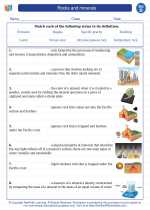Rocks and minerals -> wetlands
Wetlands: A Unique Ecosystem
Wetlands are distinct ecosystems characterized by their water-saturated soils and the presence of plants adapted to waterlogged conditions. They can be found in a variety of landscapes, including marshes, swamps, bogs, and floodplains, and play a crucial role in supporting diverse plant and animal species.
Types of Wetlands
There are several different types of wetlands, each with its own unique characteristics:
- Marshes: Marshes are dominated by herbaceous plants and are often found at the edges of lakes and streams.
- Swamps: Swamps are forested wetlands, primarily consisting of trees and shrubs adapted to wet conditions.
- Bogs: Bogs are characterized by their acidic, nutrient-poor waters and are often home to unique plant species like sphagnum moss and carnivorous plants.
- Floodplains: Floodplains are low-lying areas near rivers and streams that are periodically flooded, supporting a rich diversity of plant and animal life.
Importance of Wetlands
Wetlands offer a wide range of environmental and ecological benefits, including:
- Providing habitat for a diverse array of plant and animal species
- Acting as natural filters, improving water quality by trapping sediments and pollutants
- Helping to control flooding by absorbing and slowly releasing excess water
- Playing a crucial role in the global carbon cycle by sequestering carbon dioxide from the atmosphere
- Supporting recreational activities such as birdwatching, fishing, and nature photography
Threats to Wetlands
Despite their ecological importance, wetlands are facing numerous threats, including:
- Drainage and conversion for agriculture and urban development
- Pollution from agricultural runoff, industrial discharges, and urban stormwater
- Invasive species that can outcompete native wetland plants and disrupt the balance of the ecosystem
- Climate change-induced sea-level rise and altered precipitation patterns
Conservation Efforts
Various conservation efforts are underway to protect and restore wetlands, including:
- Regulatory measures such as the Clean Water Act in the United States, which aims to protect the nation's waters, including wetlands
- Wetland restoration projects that aim to reestablish natural hydrology and plant communities in degraded wetland areas
- Educational programs and outreach efforts to raise awareness about the importance of wetlands and the need for their conservation
Study Guide: Key Concepts
As you study the topic of wetlands, consider these key concepts:
- What are the main types of wetlands, and how do they differ from one another?
- What ecological functions do wetlands perform, and why are they important for the environment?
- What are the primary threats to wetlands, and what can be done to address these threats?
- What are some examples of successful wetland conservation and restoration projects?
Understanding the role of wetlands in the wider ecosystem is essential for appreciating their significance and working towards their preservation.
[Wetlands] Related Worksheets and Study Guides:
.◂Science Worksheets and Study Guides Fourth Grade. Rocks and minerals

 Activity Lesson
Activity Lesson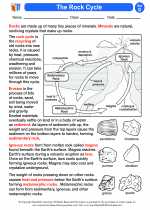
 Worksheet/Answer key
Worksheet/Answer key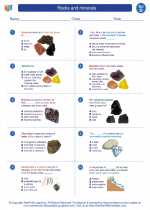
 Worksheet/Answer key
Worksheet/Answer key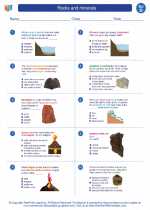
 Worksheet/Answer key
Worksheet/Answer key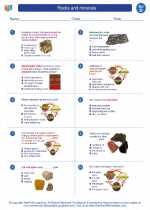
 Worksheet/Answer key
Worksheet/Answer key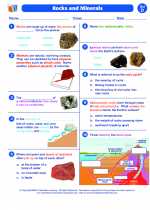
 Vocabulary/Answer key
Vocabulary/Answer key
 Vocabulary/Answer key
Vocabulary/Answer key
 Vocabulary/Answer key
Vocabulary/Answer key
 Vocabulary/Answer key
Vocabulary/Answer key